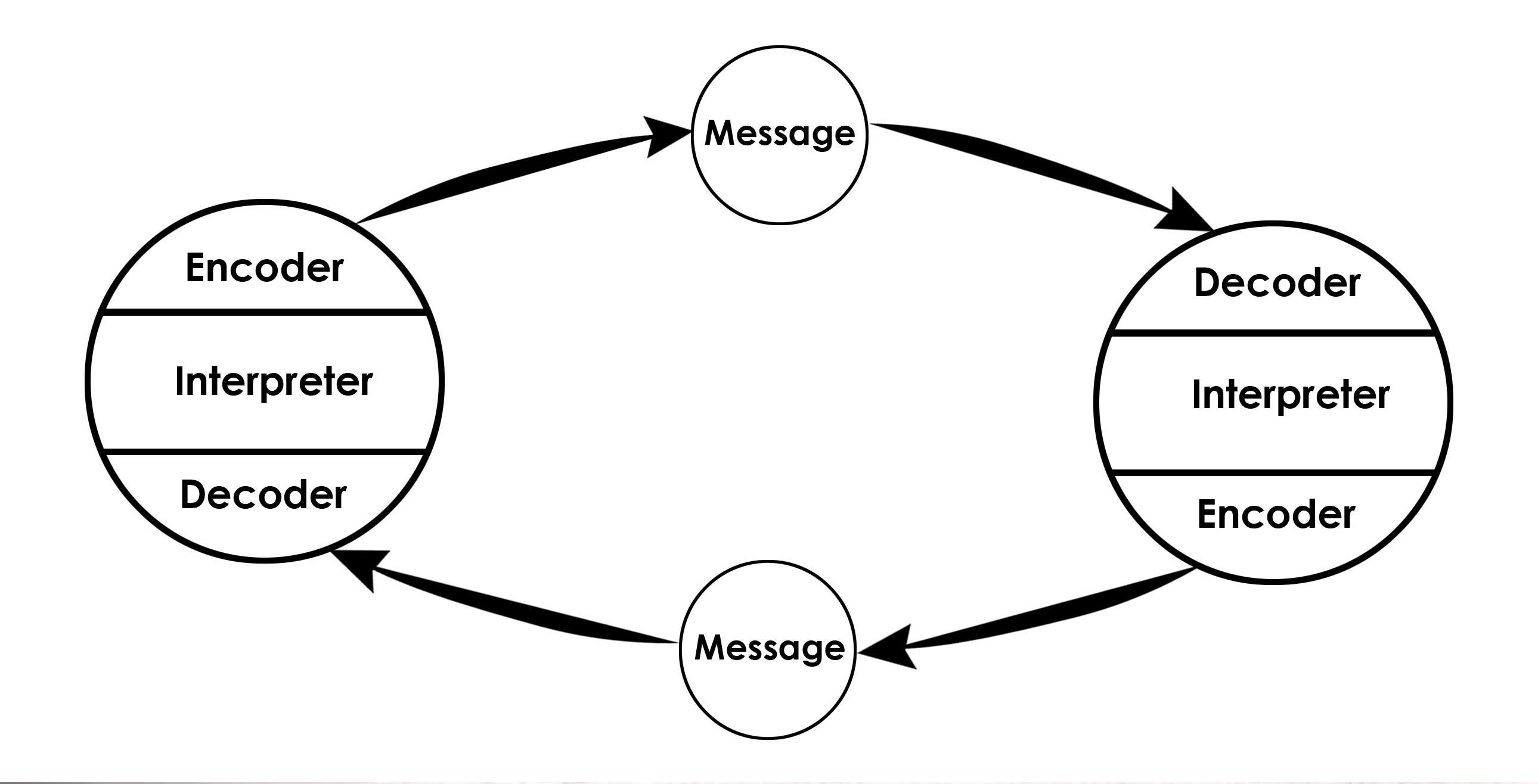A process of sharing knowledge through observation, imitation, and practice.
What is . . . socialization.
Simplified representations of the overall process that provide a structured way to analyze and understand, highlighting the roles of different elements and their interactions.
What is . . . communications models.
This point of view is often associated with Karl Marx.
What is . . . determinism.
This is a political and economic ideology that emphasizes free markets, minimal state intervention, and economic liberalization as the primary means to achieve human progress, often valuing individuals primarily as economic agents whose worth is measured by their market productivity and consumer behaviour
What is . . . neoliberalism.
The belief that all things in the world can be known.
What is . . . realism.
A process that involves the receiving and application of knowledge by an individual . . . this becomes part of an individual or organization's toolkit.
What is . . . internalization.
One of the earliest communication models, emphasizes the speaker’s role in delivering a persuasive message. This model, outlined in his work Rhetoric:
1) Speaker
2) Speech
3) Audience
What is . . . Aristotle's model.
In this point of view, technology and humans mutually influence each other. Human values are embedded into the technological design, but humans still have choice.
What is . . . critical theory (of technology).
List one demographic (group of people) that STEM advocates are trying to attract.
What is . . . women and Indigenous people.
StatsCan indicates that women and Indigenous people represent just 32.6% and 3.7%, respectively, of STEM-degree holders.
The orientation in which reality is assumed to be external to and separate from the knower.
What is . . . objectivism.
A continual process of moving between four modes of knowledge conversion.
What is . . . the knowledge conversion model - OR - The SECI model of knowledge dimensions.

This model breaks down the communication process into four key components: Source, Message, Channel, and Receiver.
This model emphasizes the skills, attitudes, knowledge, and social systems of both participants. It also highlights how the message’s encoding and decoding depend on the communicator’s abilities in various dimensions.
What is . . . the SMCR model (1960)
This viewpoint refers to the idea that technology is often viewed as separate from the social and ethical contexts in which it operates.
What is . . . neutral.
"Separation of means and ends."
For example, if someone believes that the ends (use of technology) justify the means, they might argue that any action, no matter how unethical, is acceptable if it leads to a positive outcome.
The definitive definition of STEM.
What is a trick!
There is not one definition of STEM.
The belief that all knowledge consists of only ideas or representations about reality.
What is . . . idealism.
Knowledge that is difficult to extract or articulate; it is more difficult to convey to others.
What is . . . tacit knowledge.
In this model,
communication is something circular in nature:
Encoder – Who does encoding or Sends the message Decoder – Who receives the message
Interpreter – Person trying to understand (analyses, perceive) or interpret

What is . . . the Osgood-Schramm model of communication.
This viewpoint suggests that the methods we use to achieve our goals are not just tools, but integral parts of our overall way of living.
What is . . . value laden.
This viewpoint emphasizes that the journey (means / technology use) and the destination (ends / goals) are interconnected and that the values and principles guiding our actions shape our lives as much as the outcomes we seek.
STEM with an "a" added is STEAM. What the "a" stands for.
What is . . . art.
The belief that reality exists but cannot be known directly. Knowledge is provisional, not absolute. Knowledge can be obtained through empirical or rational processes.
What is . . . pragmatism.
Knowledge that can be readily articulated, shared, formalized, and stored.
What is . . . explict knowledge.
The model tries to understand how the population is manipulated, and how the social, economic, political attitudes are fashioned in the minds of people.
What is . . . the propaganda model.

This viewpoint is very pessimistic.
What is . . . substantivism.
An exaggerated claim about Canada by tech companies.
What is . . . Canada lacks global competitiveness.
What is . . . Canada lacks STEM workers.
What is . . . Canada lacks STEM graduates.
This approach is unconcerned about whether knowledge is true in an absolute sense, arguing instead that truth (and, therefore, knowledge) depends on the knower's frame of reference. It is most often associated with constructivism.
What is . . . interpretivism.